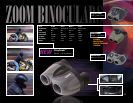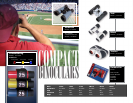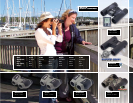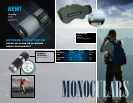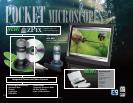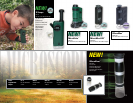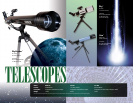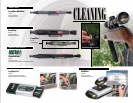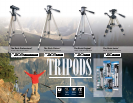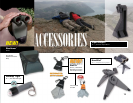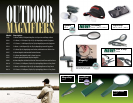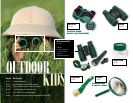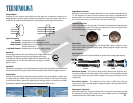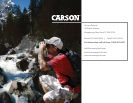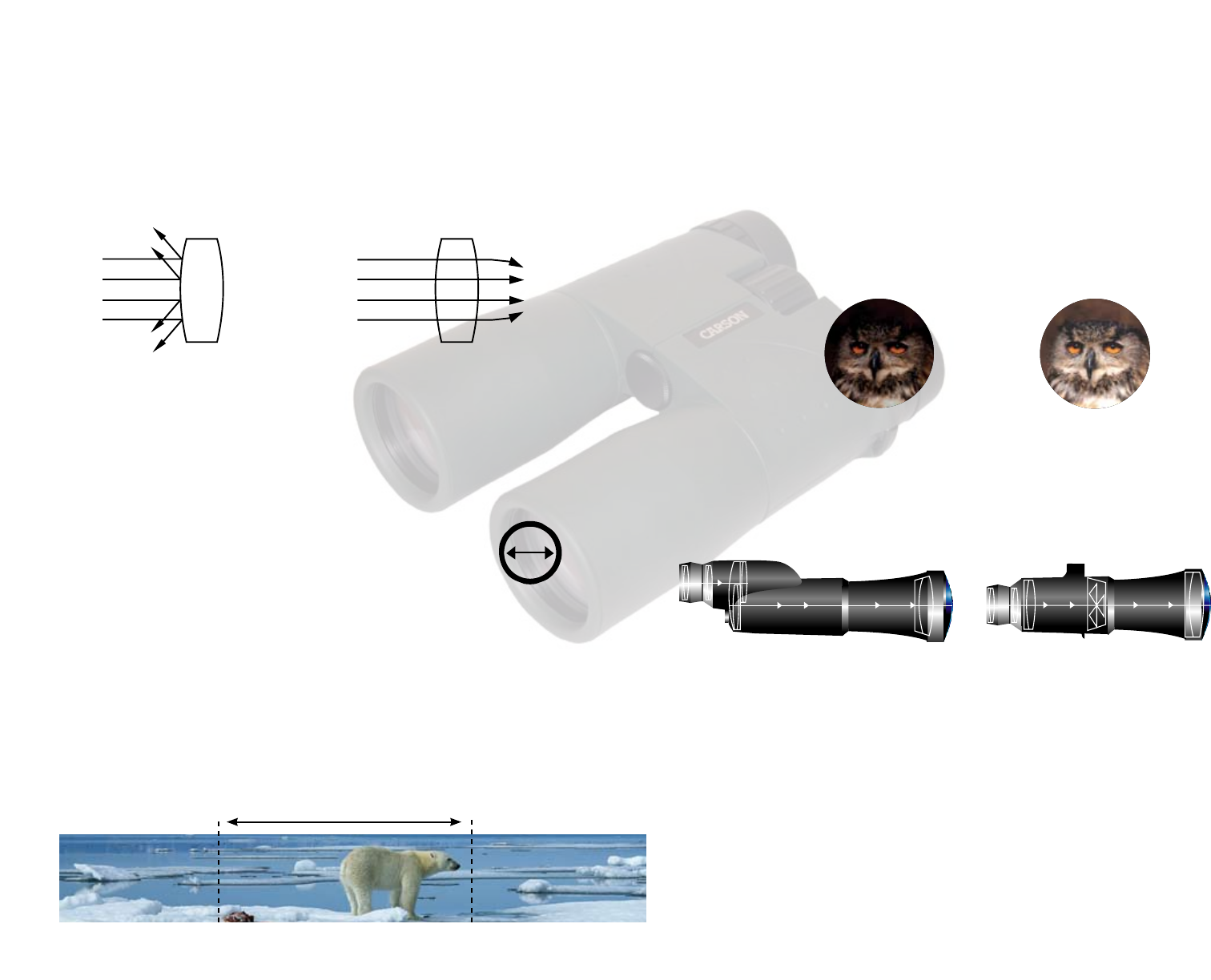
TERMINOLOGY
Coated Optics
Coatings on lens surfaces reduce light loss and glare due to reflection, resulting in a
brighter, higher-contrast image with reduced eyestrain. Lenses are coated with a micro-
scopic film of magnesium flouride. More coating leads to better light transmission.
Types of Coating
A single layer on at least one lens.
A single layer on all air-to-glass surfaces.
Multiple layers on at least one lens and all surfaces are
coated at least once.
Multiple layers on all air-to-glass surfaces.
Eye Relief
The distance an eyepiece can be held away from the the eye and still present the full field
of view. Extended or long eye relief reduces eyestrain and is ideal for eyeglass wearers.
Field of View
Field-of-view is the side-to-side measurement of the circular viewing field or subject area.
It is defined by the width in feet or meters of the area visible at 1,000 yards or meters.
A wide field-of-view is better for following fast-moving action or scanning for wildlife.
Generally, the higher the magnification, the narrower the field-of-view.
XM-050 10 x 50mm BAK-4 262 ft at 1,000 yds
34.0 oz.
Magnification (Power)
Binoculars and scopes are often referred to by two numbers separated by an
"X". For example: 12 x 50mm. The first number is the power or magnification of
the lens. With a 12 x 50mm power binocular, the object being viewed appears to
be 12 times closer than you would see it with the unaided eye.
Objective Lens Size
The second number in the formula: (12 x 50mm) is the diameter of the objective
or front lens in millimeters. The larger the objective lens, the more light enters
the binocular, and the brighter the image.
Prism Glass
Most optical prisms are made from borosilicate (BK-7) glass or barium crown
(BAK-4) glass. BAK-4 is higher quality glass yielding brighter images and high
edge-sharpness.
Prism Systems
The prism system turns what would be an upside-down image right-side up.
Roof Prism System – The prisms overlap closely, allowing the objective lens-
es to line up directly with the eyepiece. The result is a slim, streamlined shape
in which the lenses and prisms that magnify and correct the image, are in a
straight line.
Porro Prism System – The objective or front lens is offset from the eye
-piece. Porro prisms provide greater depth perception and generally offer a
wider field-of-view.
Waterproof / Fog Proof
Some binoculars and scopes are sealed with o-rings and are nitrogen purged
for waterproof and fog proof protection. These models are able to withstand
complete immersion and remain dry inside.
Coated:
Fully-Coated:
Multi-Coated:
Fully Multi-Coated:
Exit Pupil
The exit pupil refers to the size of the column of light that exits an
eyepiece. The larger the exit pupil, the brighter the image.
To determine the size, divide the objective lens diameter by the
magnification. (A 12 x 36mm model has an exit pupil, or usable
light, of 3mm.)
50mm 80mm
Porro Roof
23



